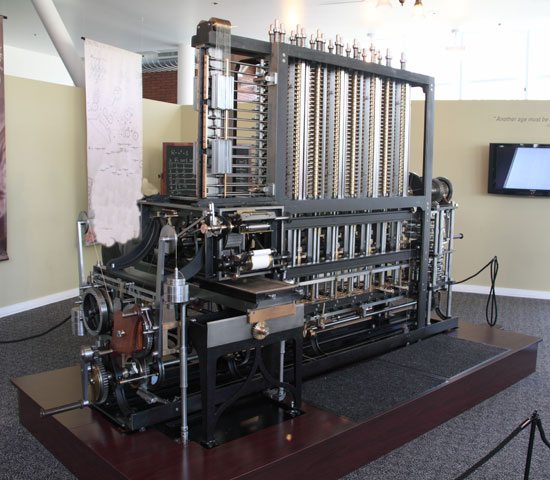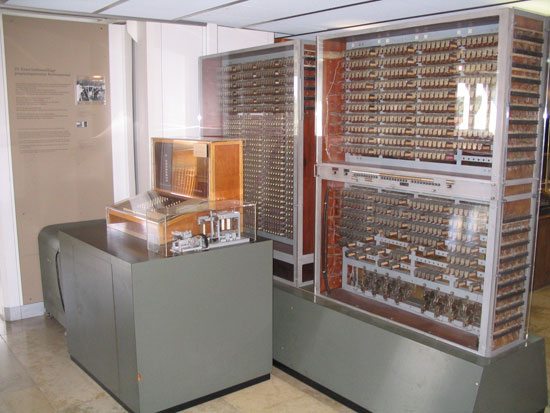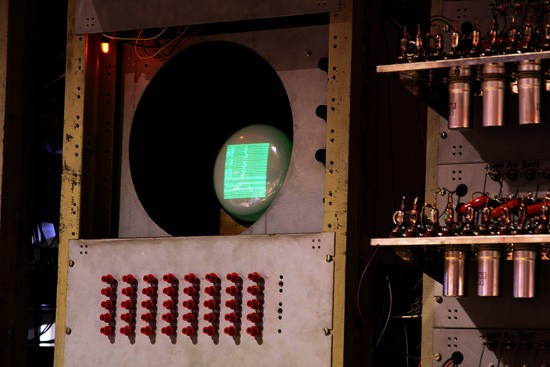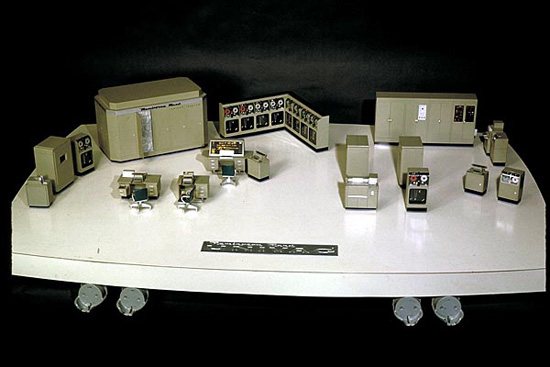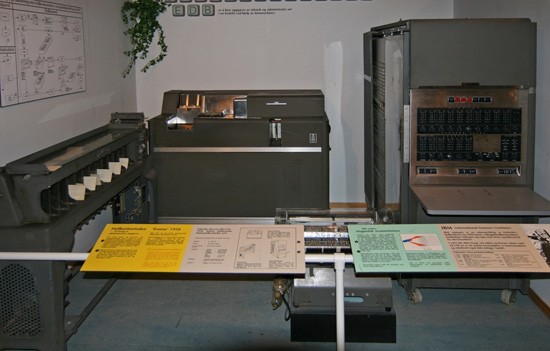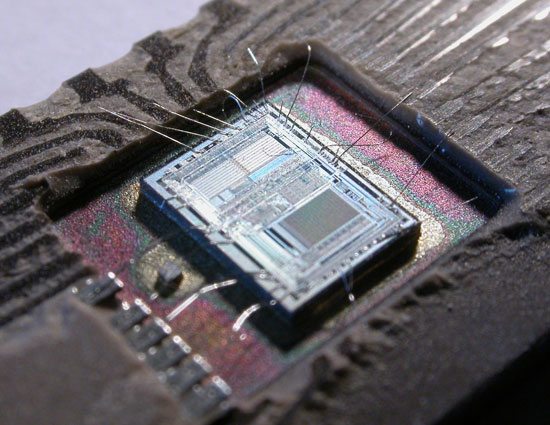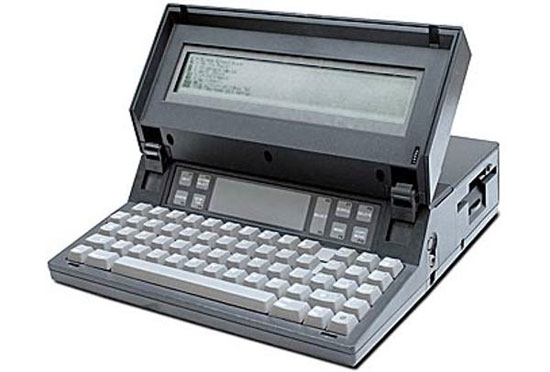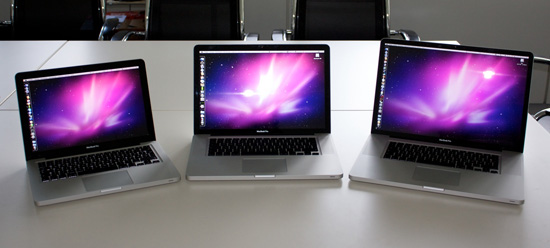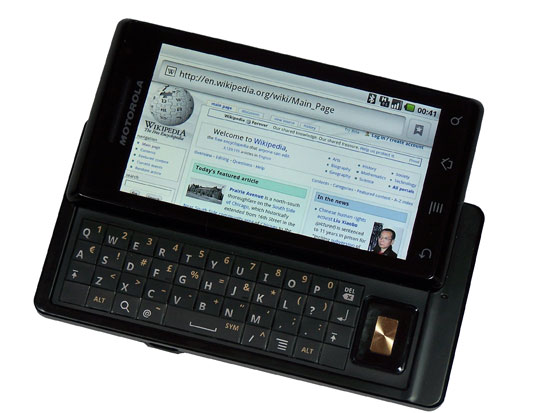- To be run on a single computer having a single Central Processing Unit (CPU);
- A problem is broken into a discrete series of instructions.
- Instructions are executed one after another.
- Only one instruction may execute at any moment in time.

In the simplest sense, parallel computing is the simultaneous use of multiple compute resources to solve a computational problem:
- To be run using multiple CPUs
- A problem is broken into discrete parts that can be solved concurrently
- Each part is further broken down to a series of instructions
- Instructions from each part execute simultaneously on different CPUs

- he compute resources can include:
- A single computer with multiple processors;
- An arbitrary number of computers connected by a network;
- A combination of both.
- The computational problem usually demonstrates characteristics such as the ability to be:
- Broken apart into discrete pieces of work that can be solved simultaneously;
- Execute multiple program instructions at any moment in time;
- Solved in less time with multiple compute resources than with a single compute resource.
 The Universe is Parallel:
The Universe is Parallel:- Parallel computing is an evolution of serial computing that attempts to emulate what has always been the state of affairs in the natural world: many complex, interrelated events happening at the same time, yet within a sequence. For example:
- Galaxy formation
- Planetary movement
- Weather and ocean patterns
- Tectonic plate drift
- Rush hour traffic
- Automobile assembly line
- Building a space shuttle
- Ordering a hamburger at the drive through.
Why Use Parallel Computing?
Main Reasons:- Save time and/or money: In theory, throwing more resources at a task will shorten its time to completion, with potential cost savings. Parallel clusters can be built from cheap, commodity components.

olve larger problems: Many problems are so large and/or complex that it is impractical or impossible to solve them on a single computer, especially given limited computer memory. For example:
- "Grand Challenge" (en.wikipedia.org/wiki/Grand_Challenge) problems requiring PetaFLOPS and PetaBytes of computing resources.
- Web search engines/databases processing millions of transactions per second
Provide concurrency: A single compute resource can only do one thing at a time. Multiple computing resources can be doing many things simultaneously. For example, the Access Grid (www.accessgrid.org) provides a global collaboration network where people from around the world can meet and conduct work "virtually".


.jpg)





